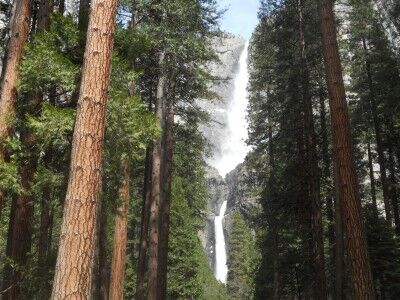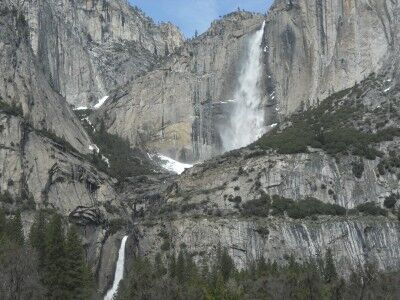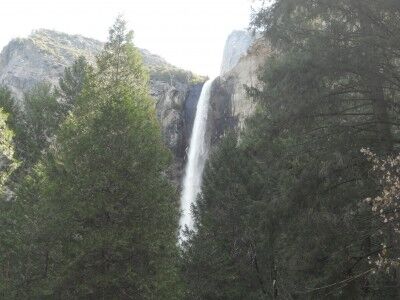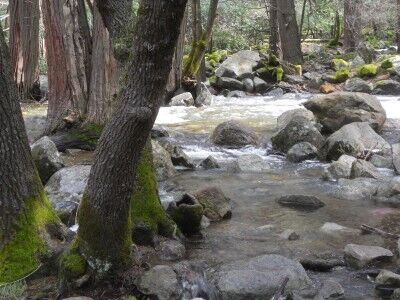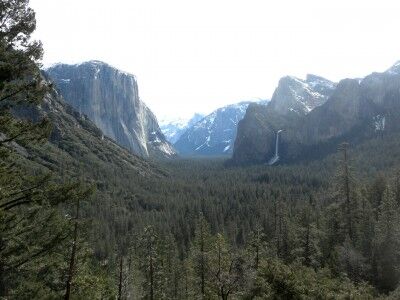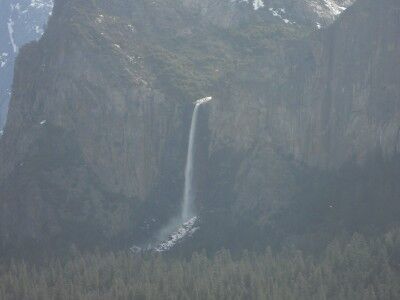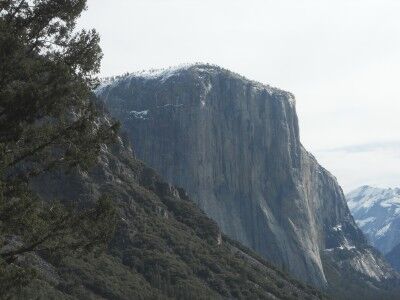I stopped by to visit Yosemite National Park a couple of weeks ago, and for the first time, I ran into a dry Yosemite. When you see all those spectacular photos of Yosemite Falls, you might forget that the beautiful scene isn’t constant. Depending on the amount of snowfall the region receives during the winter, it’s not uncommon for Yosemite Falls to go dry in the late summer or early autumn. While the valley is still spectacular, for anyone who has visited when the falls is flowing (or for anyone that was expecting to see the falls not realizing that it sometimes stops), there seems to be something missing.
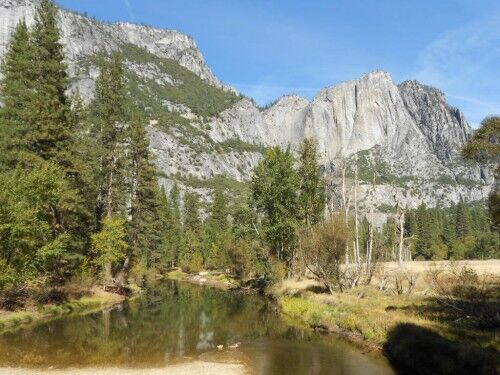
While there is a bit of water in the river, it is far less than I had ever seen in my previous visits. Normally you would see the upper falls flowing over the ledge in the above photo adding one more piece of beauty to it. Instead, all you can see is the stain on the rocks from where the falls normally flows:
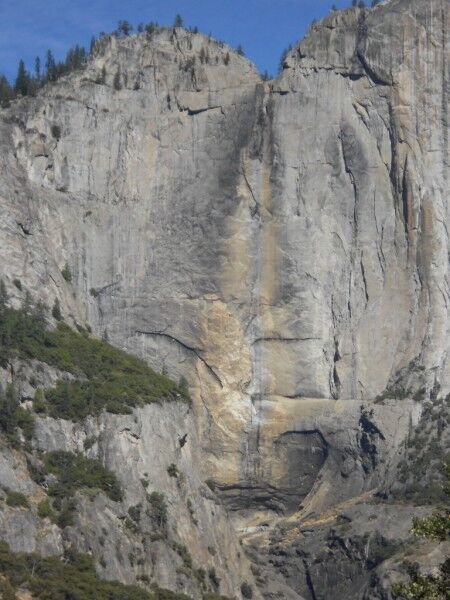
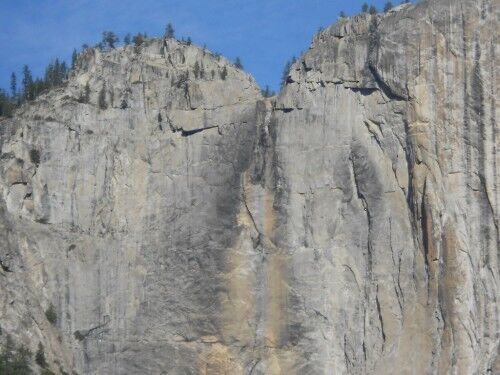
Yosemite Falls isn’t the only natural wonder which is affected. Most of the water falls coming into Yosemite valley were completely dry or just a trickle of water. The rivers and streams that flow through the valley are greatly diminished or completely dry. And a hike to see Mirror Lake found that when the lake isn’t there, it’s a lot harder for it to reflect like a mirror:
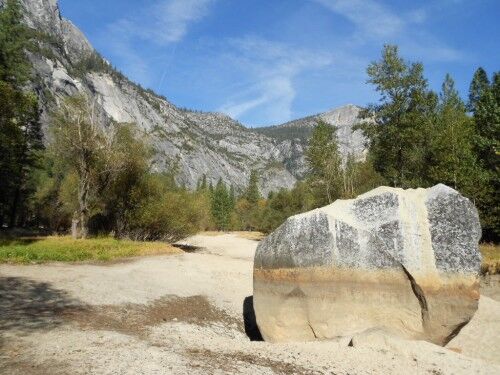
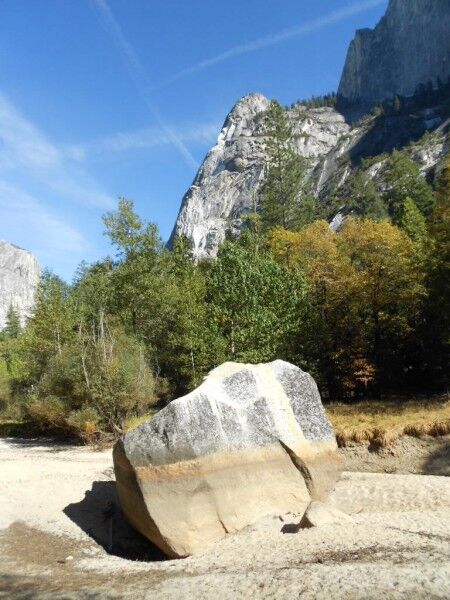
A storm just went through California and I suspect that the falls, lakes and rivers are now once again flowing (or should be very soon). I often get asked whether I get bored visiting National Parks again and again, and the answer is a resounding “No.” National Parks aren’t stagnant like the photos in books or the picture postcards. They are always changing and can look dramatically different depending on the time of year that you visit. That makes them exciting to visit each and every time, but it also means that if there is a particular natural wonder that you want to see, you need to take the time to make sure that it’s there when you plan to go. While I prefer Yosemite when the water is flowing, I am glad that I had the opportunity to see it dry — and get a new perspective of this spectacular valley.

